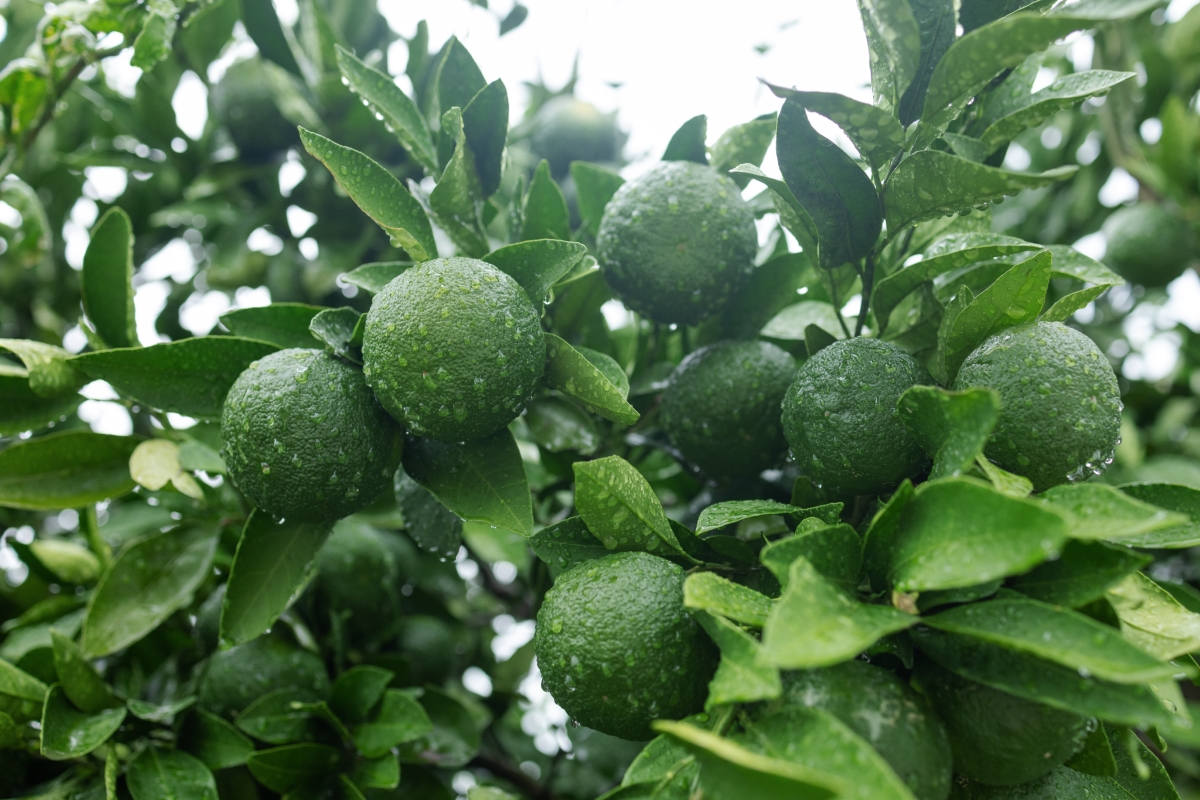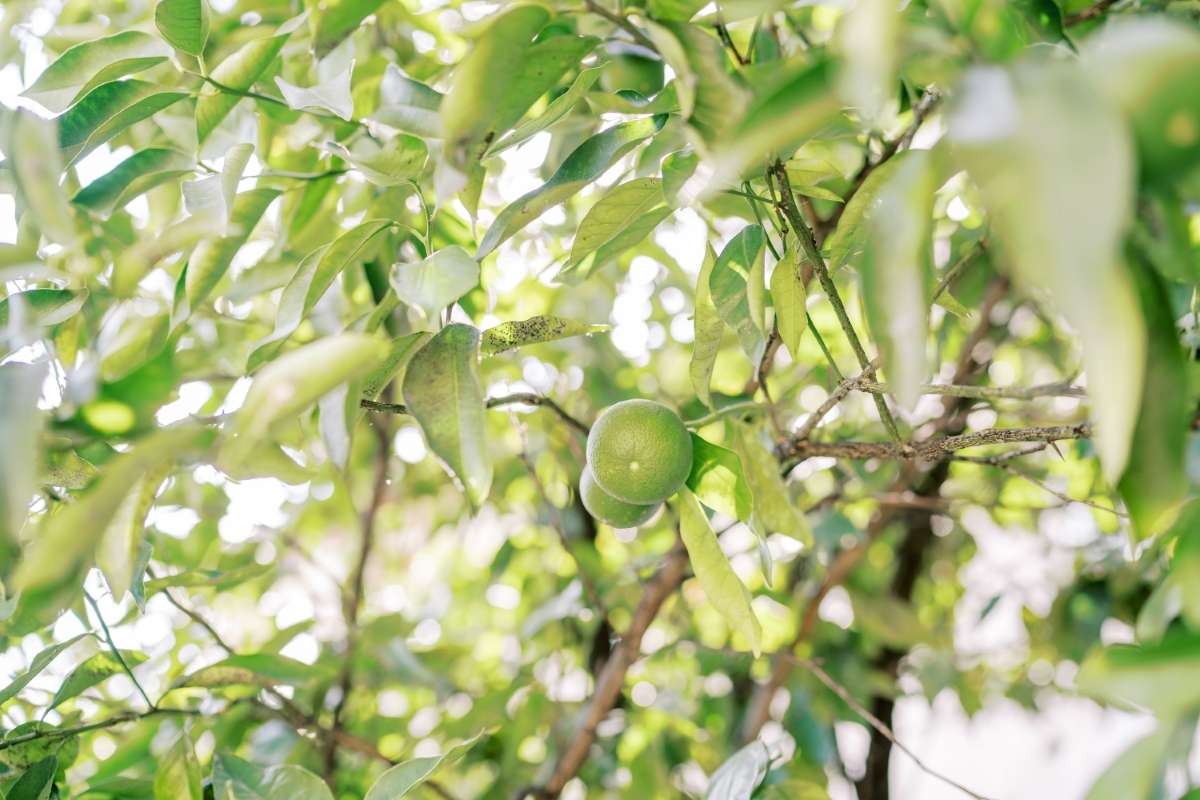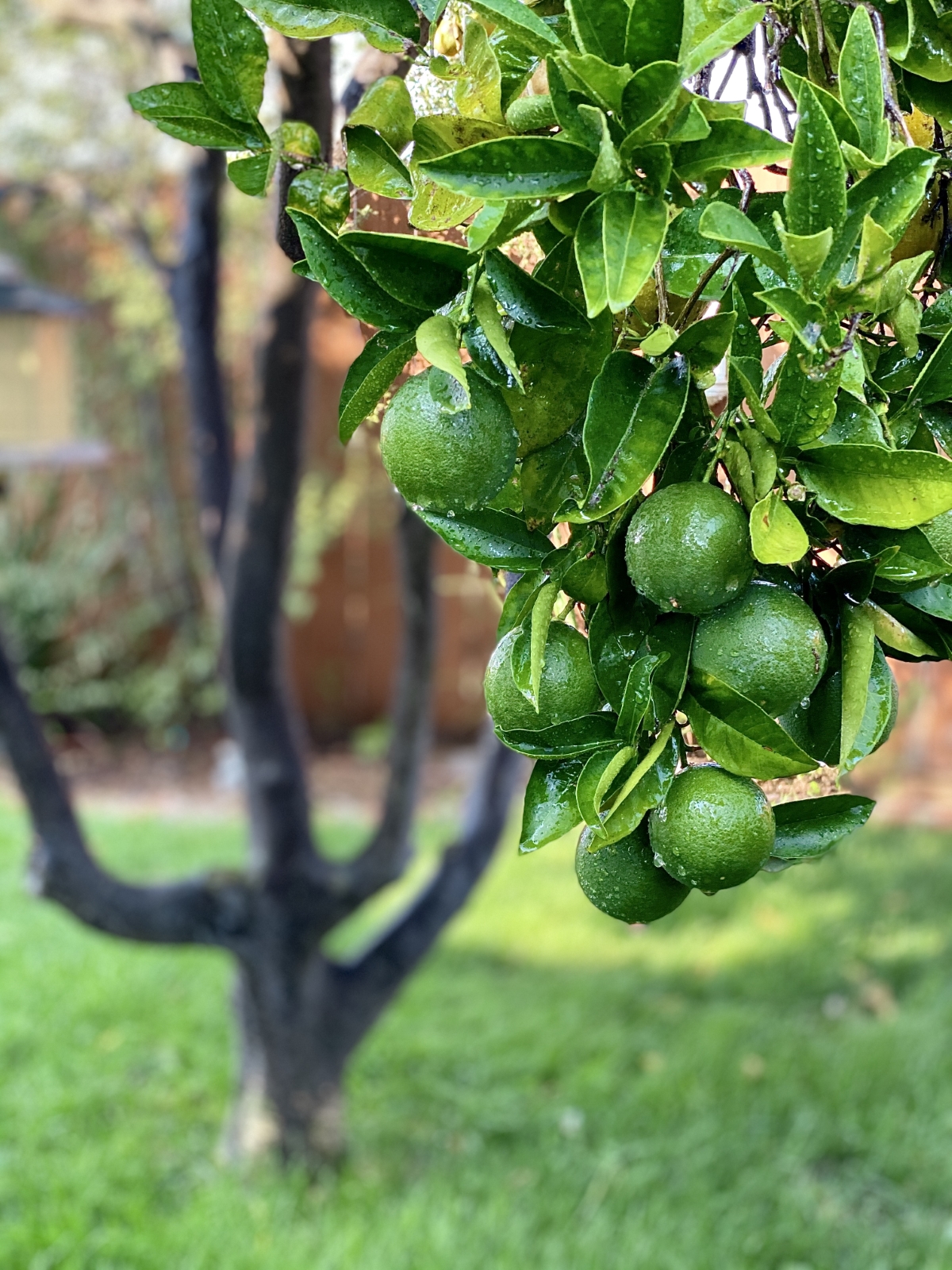The initial investment for drip irrigation in a Mosambi plantation involves various components. The cost per acre typically ranges from ₹1,40,000 to ₹1,80,000, depending on factors such as the size of the plantation, topography, and water source. This includes the procurement and installation of the drip irrigation system, which comprises pipes, fittings, valves, and control units. Farmers must also consider the cost of site preparation, trenching, and system layout, which contribute to the overall installation expenses.

Evaluate the Cost of Drip Lines and Emitters for Mosambi Fields
Drip lines and emitters are crucial components of a drip irrigation system, directly impacting its efficiency. The cost per acre for quality drip lines and emitters ranges from ₹15,000 to ₹20,000. The price is influenced by factors such as the type and quality of materials used, emitter spacing, and the length of drip lines required. Investing in durable and clog-resistant emitters ensures longevity and reduces maintenance costs, making it a wise choice for Mosambi plantations seeking optimal water management.
Analyze the Expense of Filters and Pressure Regulators in Drip Irrigation Systems
Filters and pressure regulators play a pivotal role in maintaining the effectiveness of a drip irrigation system. The cost for these components ranges from ₹15,000 to ₹25,000 per acre. High-quality filters prevent clogging of emitters, while pressure regulators ensure uniform water distribution. Although these components contribute to the overall expenses, their inclusion enhances the longevity and efficiency of the drip irrigation system, ultimately benefiting the yields of the Mosambi plantation.
Estimate the Cost of Automation and Control Systems in Drip Irrigation for Mosambi Plantations
The integration of automation and control systems in drip irrigation enhances precision and efficiency, contributing to increased yields and water conservation. The estimated cost for automation and control systems in drip irrigation for a Mosambi plantation ranges from ₹20,000 to ₹25,000 per acre. This includes the expense of sensors, controllers, and software necessary for monitoring and managing irrigation schedules, ensuring optimal water delivery based on plant requirements.
Assess the Price of Pumps and Pumping Stations for Drip Irrigation in Mosambi Farming
The cost of pumps and pumping stations for drip irrigation in Mosambi farming varies based on factors such as water source, required flow rate, and lift height. On average, the cost is between ₹30,000 to ₹35,000 per acre. The selection of an appropriate pump depends on the water source’s depth and distance, ensuring a consistent and reliable water supply to the drip system. Farmers should consider energy-efficient pumps and explore potential subsidies to mitigate initial investment costs and promote sustainable water management practices in Mosambi farming.
In case you missed it: Cost of Drip Irrigation Per Acre for Grape Plantation: Exploring Installation Costs Along with Subsidy

Explore the Cost of Fertilizer and Nutrient Injection Systems in Drip Irrigation for Mosambi Plantations
The cost of fertilizer and nutrient injection systems in drip irrigation for Mosambi cultivation is a vital consideration for maximizing crop yield and quality. Typically, the expense ranges from ₹15,000 to ₹25,000 per acre. These systems facilitate the precise delivery of fertilizers and nutrients to the root zone of Mosambi trees, optimizing plant nutrition and minimizing wastage. The investment covers equipment such as injection pumps, tanks, and control units.
Calculate the Labor and Installation Costs for Drip Irrigation in Mosambi Plantations
The labor and installation costs for drip irrigation in Mosambi plantations vary based on factors such as farm size, topography, and system complexity. On average, the total cost ranges from ₹18,000 to ₹25,000 per acre.
- Site preparation involves clearing and leveling the land, which may require hiring labor and equipment, contributing approximately ₹8,000 to ₹10,000 per acre.
- The layout design involves trenching and installing mainlines laterals, and sub-mains. Labor costs for this phase can range from ₹10,000 to ₹15,000 per acre.
Factor the Maintenance and Repair Expenses for Drip Irrigation Systems in Mosambi Farming
On average, the annual maintenance expenses for drip irrigation systems in Mosambi farming range from Rs. 8,000 to Rs. 10,000 per acre. This estimate will vary based on factors such as the quality of components used, the local environment, and the frequency of required maintenance. Investing in high-quality filters and durable components can contribute to lower maintenance costs over time.
In case you missed it: Cost of Drip Irrigation Per Acre for Banana Plantation: Exploring Installation Costs Along with Subsidy

In addition to regular maintenance, it’s important to factor in potential repair expenses. While the frequency of major repairs can vary, setting aside an annual budget for unexpected maintenance is advisable. On average, the annual repair expenses for drip irrigation systems in Mosambi farming range from Rs. 8,000 to Rs. 10,000 per acre.
Energy Costs Associated with Drip Irrigation in Mosambi Cultivation
Drip irrigation systems typically require electricity to power pumps that transport water from the source to the fields. The energy consumption depends on factors like the pump’s horsepower, the duration and frequency of irrigation cycles, and the distance water needs to be pumped. The energy costs can vary widely, ranging from ₹10,000 to ₹12,000 per acre annually. Energy-efficient pump selection, optimal scheduling of irrigation cycles, and the use of renewable power sources like solar power can help reduce these costs.
Drip Irrigation Cost Per Acre for Mosambi
| Item | Cost Range (INR) |
| Drip Lines & Emitters | 15,000-20,000 |
| Filters and Pressure Regulators | 15,000-25,000 |
| Automation and Control Systems | 20,000-25,000 |
| Pumps and Pumping Stations | 30,000-35,000 |
| Fertilizer and Nutrient Injection Systems | 15,000-25,000 |
| Labor and Installation Costs | 18,000-25,000 |
| Maintenance and Repair Expenses | 16,000-20,000 |
| Energy Costs | 10,000-12,000 |
Government Subsidy for Drip Irrigation in Mosambi Plantations
Government subsidies for Mosambi drip irrigation aim to encourage sustainable water management and enhance agricultural productivity. Farmers can receive financial assistance for purchasing drip irrigation equipment, including drip lines, emitters, filters, and control systems. Grants may cover a portion of the infrastructure development costs, reducing the financial burden on farmers.
Pradhan Mantri Krishi Sinchayee Yojana (PMKSY) has launched with the main motto of providing “Har Khet Ko Paani” and end-to-end solutions in the irrigation supply chain. The financial assistance payable to the beneficiary under the micro irrigation scheme will be 55% for small and marginal farmers, whereas it will be 45% for other farmers.
Compare the Overall Operational Costs of Drip Irrigation vs. Traditional Methods in Mosambi Farming
Drip Irrigation
- Initial Investment: Higher initial investment due to the cost of drip lines, emitters, filters, automation systems, and pumps.
- Water Efficiency: More water-efficient as it delivers water to the root zone, minimizing water wastage.
- Labor Costs: Generally lower labor costs for maintenance and operation once the system is installed, especially with automation.
- Fertilizer Efficiency: Efficient nutrient delivery through systems like fertilizer injectors, reducing fertilizer wastage.
- Yield and Quality: This can lead to improved yield and fruit quality due to precise water and nutrient management.
Traditional Methods (Furrow or Flood Irrigation)
- Initial Investment: Lower initial investment as traditional methods may require less sophisticated equipment.
- Water Efficiency: Typically less water-efficient as water is applied over a larger area, leading to potential wastage.
- Labor Costs: Higher labor costs for activities like manual watering, especially in larger fields.
- Fertilizer Efficiency: Fertilizer distribution may be less precise, potentially leading to uneven nutrient availability.
- Yield and Quality: May have variable effects on yield and fruit quality due to less precise water and nutrient delivery.
In case you missed it: Cost of Drip Irrigation Per Acre for Sapota: Exploring Installation Costs Along with Subsidy for Sapodilla

Conclusion
In conclusion, the cost of drip irrigation per acre for Mosambi plantations involves initial investments in equipment and labor. Government subsidies play a pivotal role in making this sustainable technology more accessible to farmers. While the upfront costs may seem substantial, the long-term benefits, including water efficiency and enhanced crop yields, position drip irrigation as a valuable and economically viable investment for Mosambi cultivation.
- Feed Your Flock for Less: Top 10 Tips to Save on Chicken Feed
- Ultimate Guide to Ossabaw Island Hog: Breeding, Raising, Diet, and Care
- Hatching Answers: The Top 10 Reasons Your Chickens Aren’t Laying Eggs
- Eggs and Economics: Breaking Down the Cost of Raising Backyard Chickens
- Defend Your Greens: Proven Methods to Keep Iguanas Out of Your Garden
- Ultimate Guide to Cinnamon Queen Chicken: A Comprehensive Guide for Beginners
- Ultimate Guide to California Tan Chicken: Breeding, Raising, Diet, Egg-Production and Care
- Ultimate Guide to Marsh Daisy Chicken: Breeding, Raising, Diet, and Care
- 10 Types of Chicken Farming Businesses You Can Start for Profits